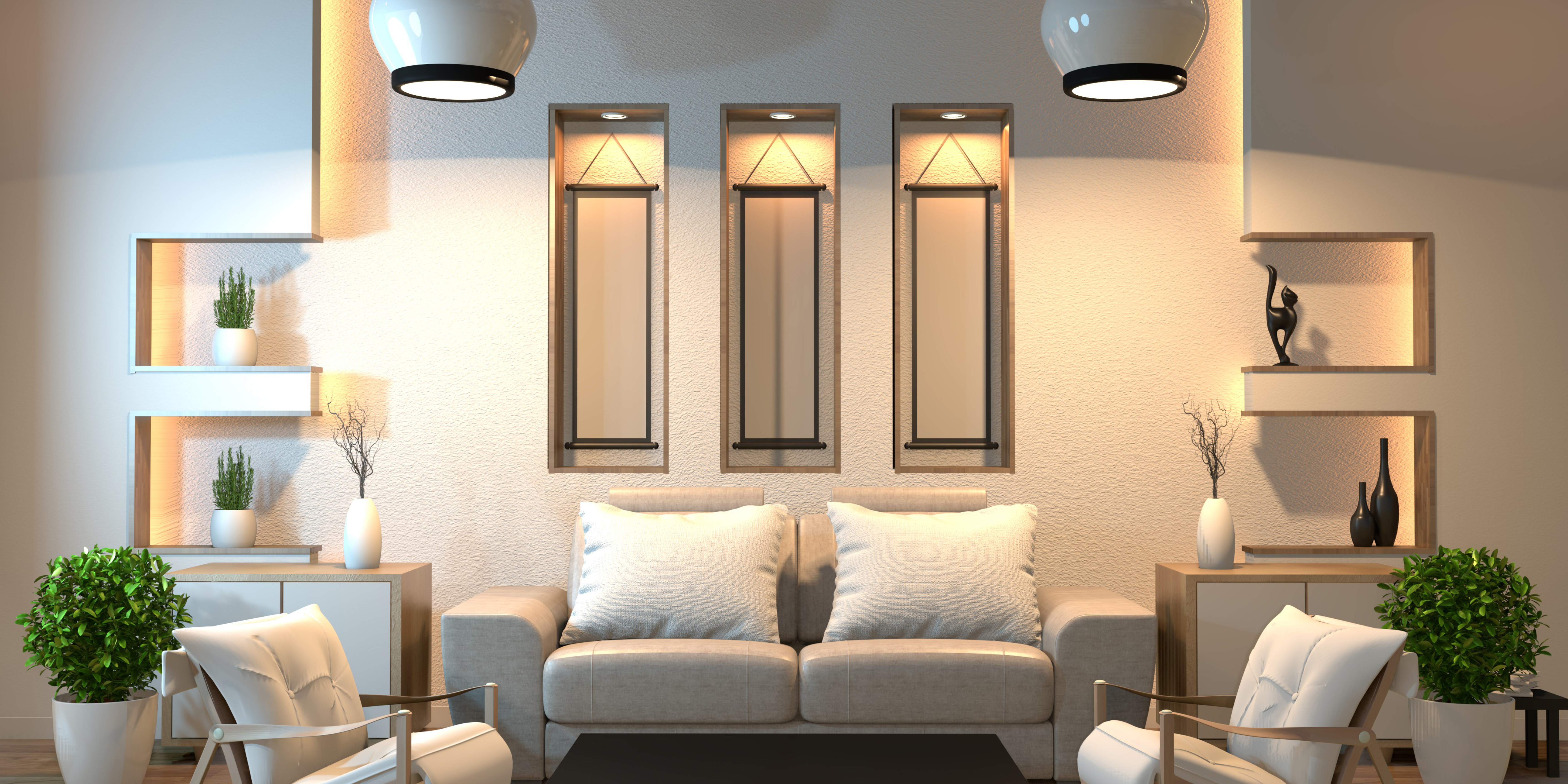
As of now, it is difficult to predict the exact furniture design trends that will dominate in 2024. However, there are a few emerging themes that might shape the future of furniture design. Sustainability and eco-friendly materials are likely to continue gaining importance, with a focus on using renewable resources and reducing waste. Additionally, multifunctional and space-saving furniture solutions are expected to become increasingly popular as people seek versatile and adaptable designs for smaller living spaces. As of now, it is difficult to predict the exact furniture design trends that will dominate in 2024. However, there are a few emerging themes that might shape the future of furniture design. Sustainability and eco-friendly materials are likely to continue to gain importance, with a focus on using renewable resources and reducing waste. Additionally, multifunctional and space-saving furniture solutions are expected to become increasingly popular as people seek versatile and adaptable designs for smaller living spaces. Another potential trend in furniture design for 2024 is the integration of technology. With the rise of smart homes and the increasing reliance on technology in our daily lives, furniture that incorporates features such as wireless charging, built-in speakers, or even virtual reality capabilities may become more prevalent. This fusion of functionality and technology could revolutionize the way we interact with our furniture and enhance our overall living experience. In addition, sustainability is likely to be a key focus in furniture design in 2024. As people become more conscious of their environmental impact, there will be a growing demand for eco-friendly materials and manufacturing processes. Furniture that is made from recycled or renewable materials, as well as designs that promote energy efficiency, will likely gain popularity in the coming years. This shift towards sustainable furniture not only aligns with the global push for a greener future but also offers consumers the opportunity to make more environmentally responsible choices in their everyday lives. In addition, sustainable furniture can also contribute to healthier indoor environments, as eco-friendly materials often have lower levels of toxic chemicals. Furthermore, the rise of sustainable furniture may also lead to increased collaboration between designers and manufacturers to develop innovative solutions that minimize waste and maximize resource efficiency. This collaboration can result in the creation of furniture that is not only environmentally friendly but also aesthetically pleasing and functional. The demand for sustainable furniture can drive market competition, leading to more affordable and accessible options for consumers who want to make eco-conscious choices.
